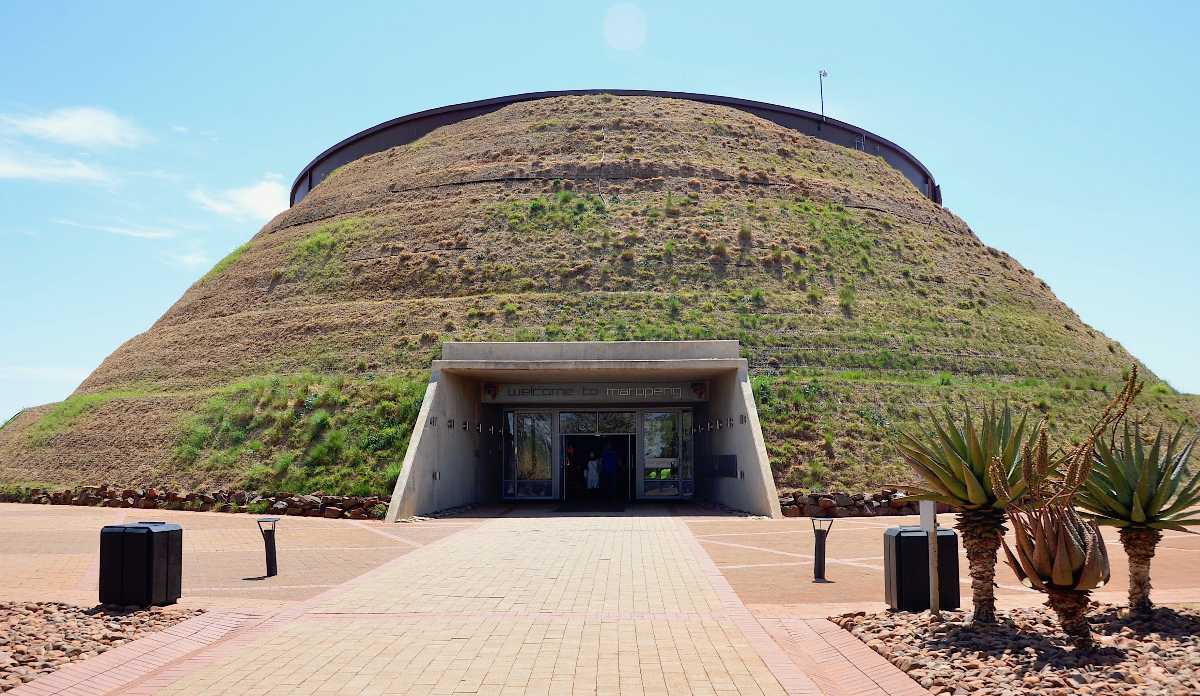Johannesburg North Attractions Things To Know Before You Get This
Johannesburg North Attractions Things To Know Before You Get This
Blog Article
The Facts About Johannesburg North Attractions Revealed
Table of ContentsSome Of Johannesburg North AttractionsLittle Known Questions About Johannesburg North Attractions.Some Known Details About Johannesburg North Attractions Johannesburg North Attractions Fundamentals ExplainedThe Single Strategy To Use For Johannesburg North AttractionsJohannesburg North Attractions - Truths
The city owes its area to the presence of a a lot more precious source: gold. The city expanded on the edge of the Witwatersrand Main Coral reef, a subterranean stratum of gold-bearing quartz-silica corporation that arcs for numerous miles beneath the Highveld. The majority of the gold mines in the city discontinued operation in the 1970s, but in its day the Witwatersrand gold market made up greater than 40 percent of the world's annual gold manufacturing.Johannesburg has a temperate climate. Summertime temperatures balance regarding 75 F (24 C); wintertime temperature levels average concerning 55 F (13 C) and just periodically dip below cold. The city appreciates regarding 8 hours of sunlight daily in both wintertime and summertime. Rain averages concerning 28 inches (700 millimetres) per year, but the total varies significantly from year to year.
What rainfall the city gets drops virtually solely in the summer season months, commonly in amazing late-afternoon electric tornados., where numerous citizens still depend on coal for gas.

The Main Principles Of Johannesburg North Attractions
The equilibrium of the city is occupied by whites. Accommodation differs in character and high quality.
Physical development, although somewhat restricted by transportation, continued rapidly as migration to South Africa, and Johannesburg particularly, boosted dramatically. This issue was addressed in the 1930s when the vehicle was presented in mass manufacturing to South Africa. Automobiles were, for the most component, confined to the wealthy, and permitted them to relocate to the north of the city and commute into the centre.
Most inadequate suburban areas were blended, with inadequate blacks and whites living together, although the wealthy suburbs were usually scheduled for whites.
The previous system of eleven numbered regions was reorganised in 2006. Marshalltown, as seen from the top of the Carlton Centre. The M1 and M2 run behind the buildings, and the southerly suburban areas prolong past the highway border. The internal city of Johannesburg is located within the city's Area F. The estimated population of the region is 200,000, [] The number of people living in the internal city on an informal basis is unidentified, as several are illegal immigrants. A lot of higher-income residents and white individuals have relocated to the northern residential areas and have been changed by lower-income black people. The unemployment, education and learning, and age profiles of the location are all unknown, as a result of the difficulty of acquiring dependable information about the area.
Fascination About Johannesburg North Attractions
Centred on the CBD, the region consists of the residential areas of Yeoville, Bellevue, Troyeville, Jeppestown, and Berea to the east. To the west it spreads out to Pageview (Johannesburg North attractions) and Fordsburg. There are little industrial areas to the south, such as City West-Denver and Benrose. Around 800,000 commuters pass through the central city every day, and it works as a local shopping node for visitors from the southerly residential areas. Yeoville and Bellevue have a mix of apartment buildings and single domestic units on small whole lots. The area lies on a hilly divide that ranges from east to west. One of the most conspicuous geographical feature is Observatory Ridge, which is called for the large observatory located on it. The recreational spaces are no more used, because of protection issues.

Johannesburg Stadium, a training ground for both the my response Golden Lions and Orlando Pirates, is nearby. The eastern residential areas of Johannesburg are situated in the city's 7th [] and 9th [] special info regions. The area is also functionally incorporated with East Rand boundary towns outside of the official limit of Johannesburg, such as Bedfordview and Edenvale (both part of Ekurhuleni Metropolitan Municipality).
What Does Johannesburg North Attractions Mean?
R. Tambo International Flight Terminal). The eastern suburban areas are several of the oldest areas of Johannesburg, there are huge communities of Jewish and various other European backgrounds, most of the population is English talking. There are three golf links along with a variety of protected ridges with viewsites. There are several well-developed and up-market home entertainment and shopping locations in the eastern such as the Eastgate Mall and the Greenstone shopping center.
Originally constructed to house male migrant employees, many have actually been enhanced as homes for couples and families. The suburban area was not historically permitted to create work centres within the location, so nearly all of its locals are travelers to other components of the city.
A Biased View of Johannesburg North Attractions
The N1 Western Bypass connects the north suburbs with the north-western suburban areas. The houses in the north residential areas are primarily official, with no considerable locations of casual real estate, or housing that lacks a permanent framework. This is a recognized location, there is a trend of my blog land usage modification from domestic to commercial, specifically along primary arterial roads and around recognized nodes.
The location is well connected to road networks, especially along the north-south axis formed by the M1 and N1. Roads to the eastern and west are much less well established, as there are no freeways travelling in that direction. Towards the north border of the city, the thickness of advancement lowers, leaving big locations of primitive land around Midrand.
All About Johannesburg North Attractions
, which is located on a hill overlooking the internal city and Hillbrow.
Report this page